Carpenter Bees: A Common Threat to Northern Virginia Homes
Carpenter bees are a common nuisance in Northern Virginia, especially during the spring and summer months. They bore into wooden structures to create nests, causing significant damage over time
Unlike honeybees, carpenter bees are solitary and known for their distinctive large size and the telltale holes they leave in wood. If you're noticing perfectly round holes in your deck, porch, or siding, you likely have a carpenter bee problem
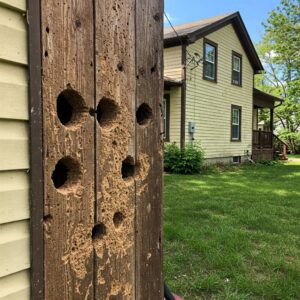

Understanding Carpenter Bees in Northern Virginia
Carpenter bees are large, buzzing insects that can be a nuisance to homeowners in Northern Virginia. While they may look like bumblebees, they have a shiny, black abdomen and a distinctive buzzing sound. Unlike bumblebees, carpenter bees do not live in colonies; instead, they are solitary bees that create nests by boring into wood.
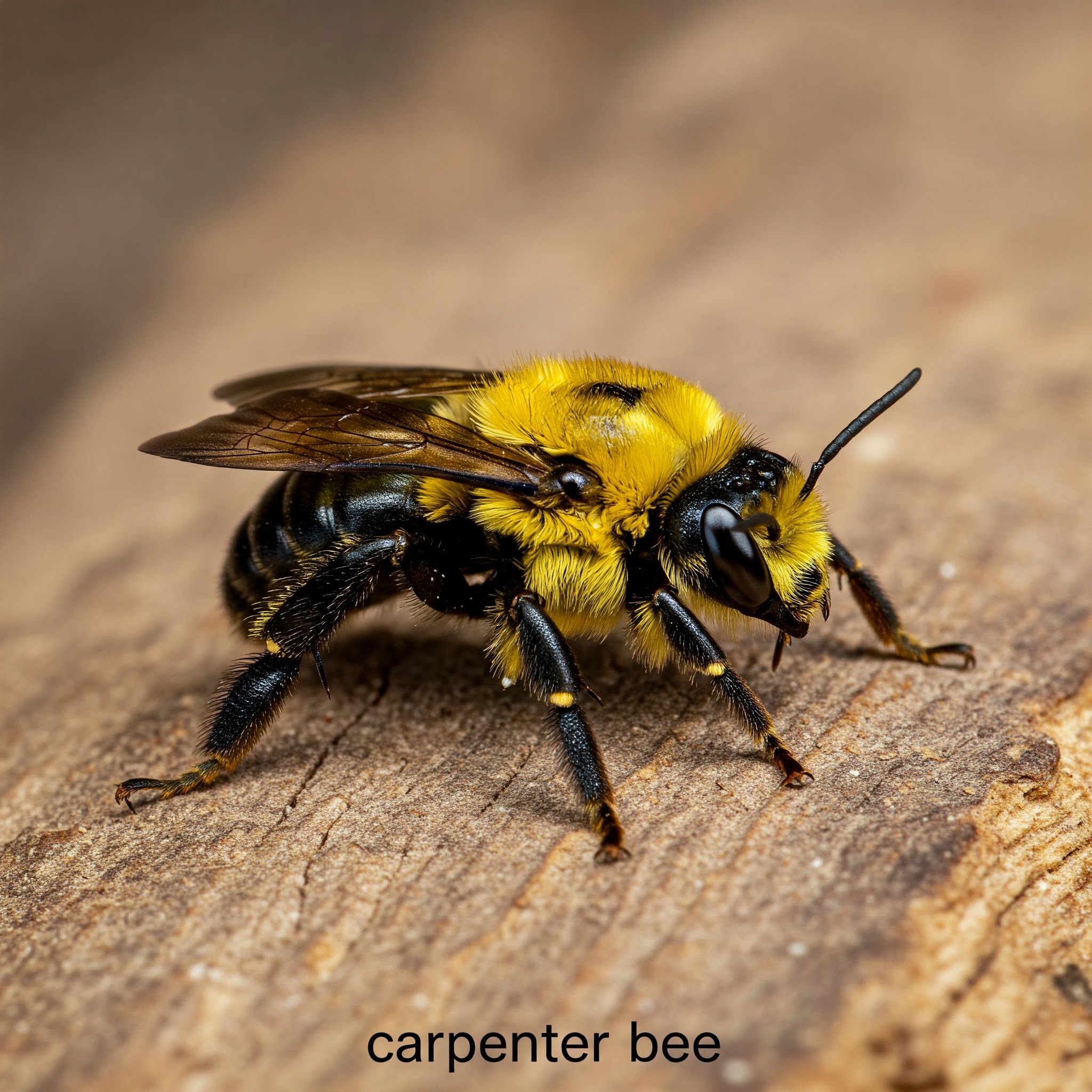
VS
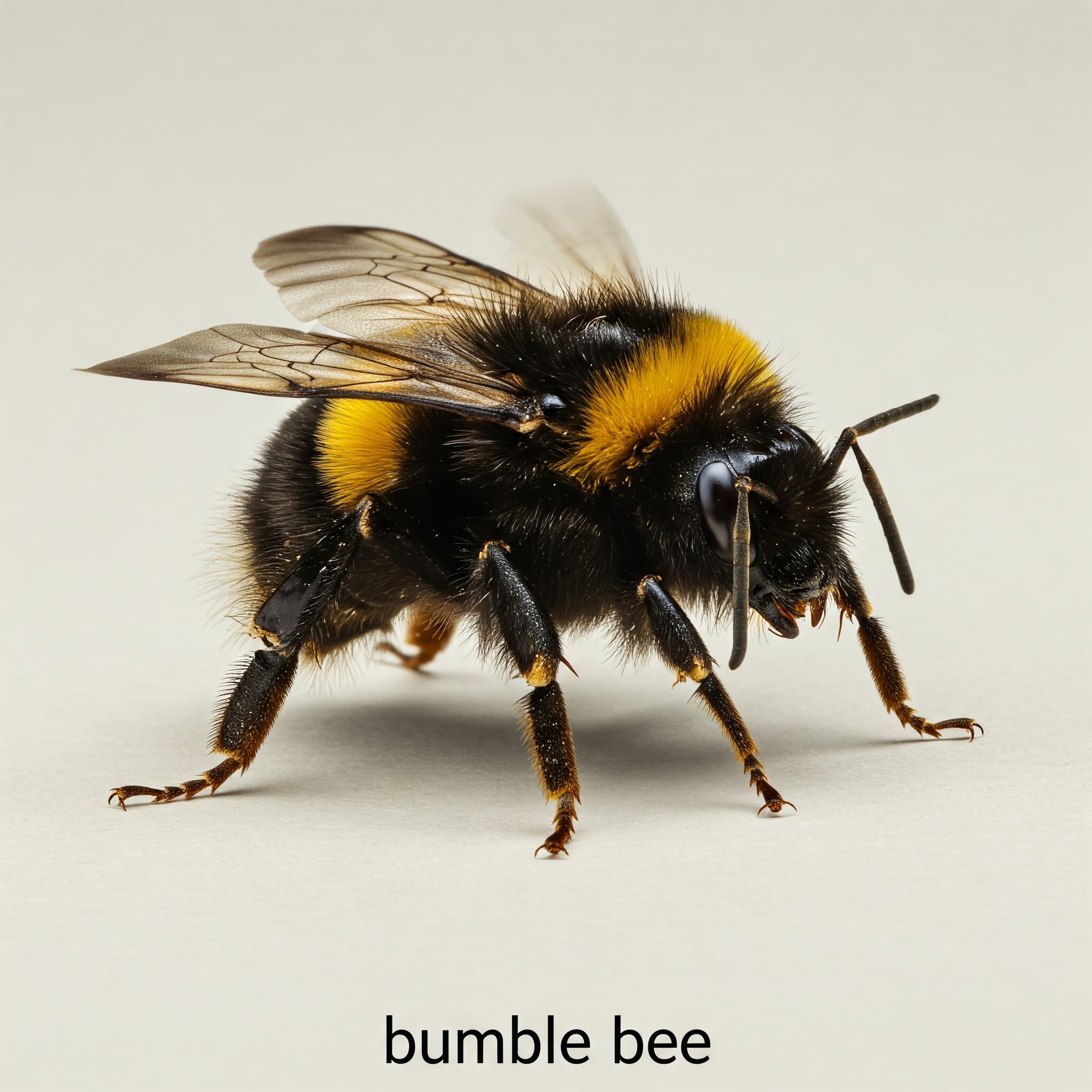
While carpenter bees are not aggressive and rarely sting, they can cause significant damage to wooden structures. The holes they bore into the wood can weaken the structure and make it more susceptible to water damage.
Carpenter Bee Prevention and Control
There are a number of things you can do to prevent carpenter bees from infesting your property:
- Keep wood surfaces in good condition: Repair any cracks or holes in your wood surfaces. Paint or stain your wood to seal it from moisture.
- Remove any dead or dying trees: Carpenter bees are attracted to dead or dying trees. Removing these trees can help to deter them from your property.
- Monitor for new nests: Regularly inspect your home's exterior for signs of new carpenter bee nests.
- Use carpenter bee traps: Carpenter bee traps can be used to capture and kill carpenter bees, but they may not be effective for large infestations.
Signs You Have Carpenter Bees
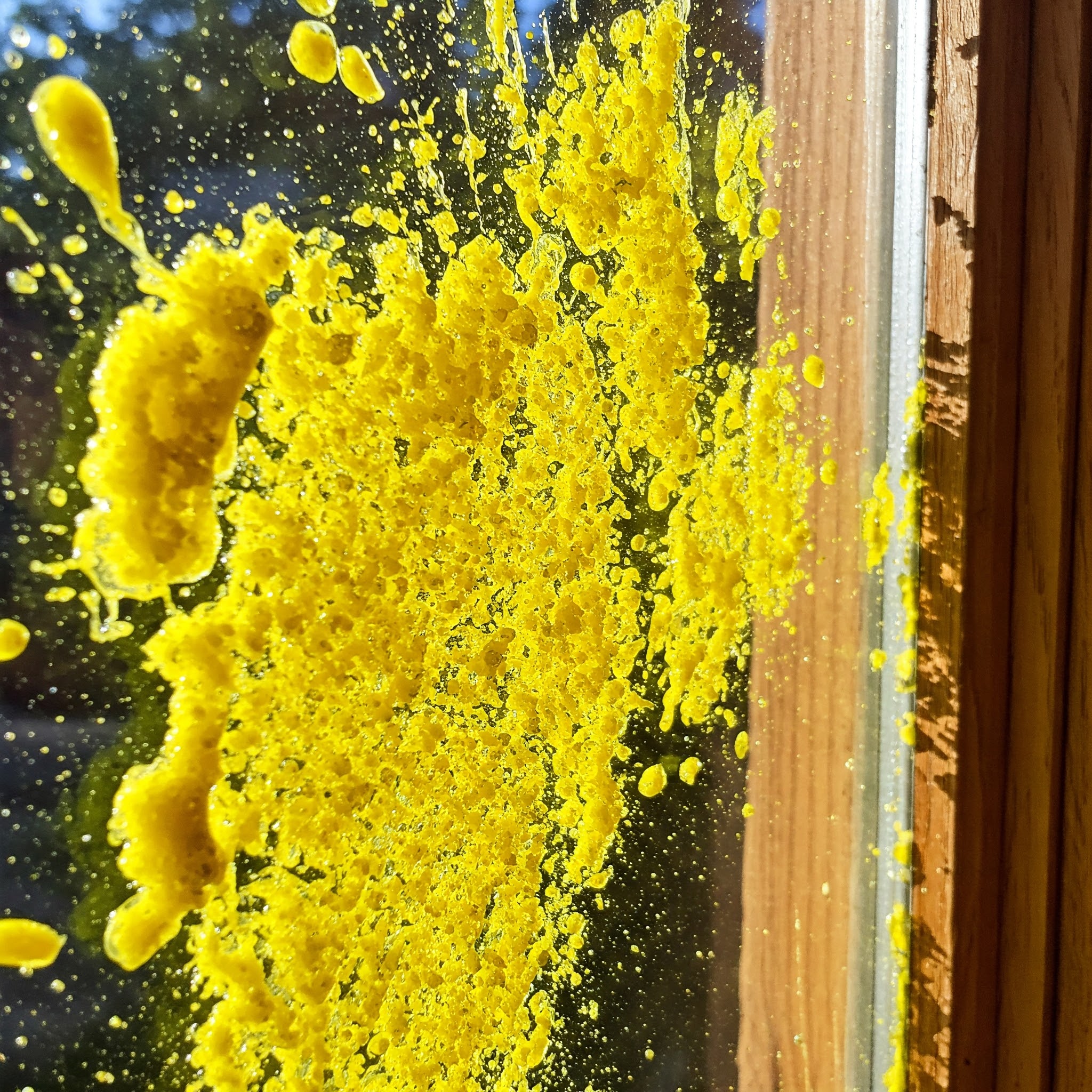
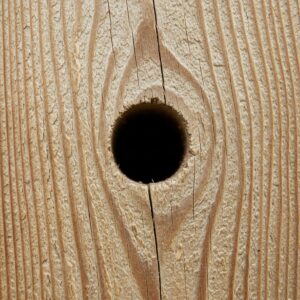
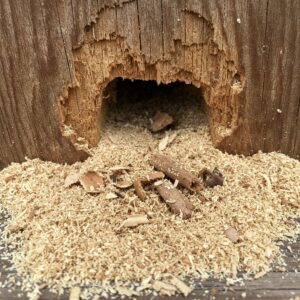
The yellow stuff you might see near the holes is a mix of Fecal Matter and pollen. Carpenter bees are pollinators, so they carry pollen with them. As they enter and exit the holes, they leave behind this yellow residue. It's a pretty good clue that carpenter bees are around
A carpenter bee begins her nest by drilling a nearly perfectly round entrance hole (about 1/2 inch diameter) into the wood. They usually attack unpainted objects such as doors, windowsills, roof eaves, shingles, railings, telephone poles, and sometimes wooden lawn furniture.
Carpenter bees, unlike termites, do not consume the wood they burrow. Instead, they push out the wood shavings and other debris they create while digging, which appears as a pile of sawdust-like materials known as Frass
While carpenter bees contribute to pollination, their nesting habits often result in significant structural damage, making them a problematic species for homeowners and property managers.
